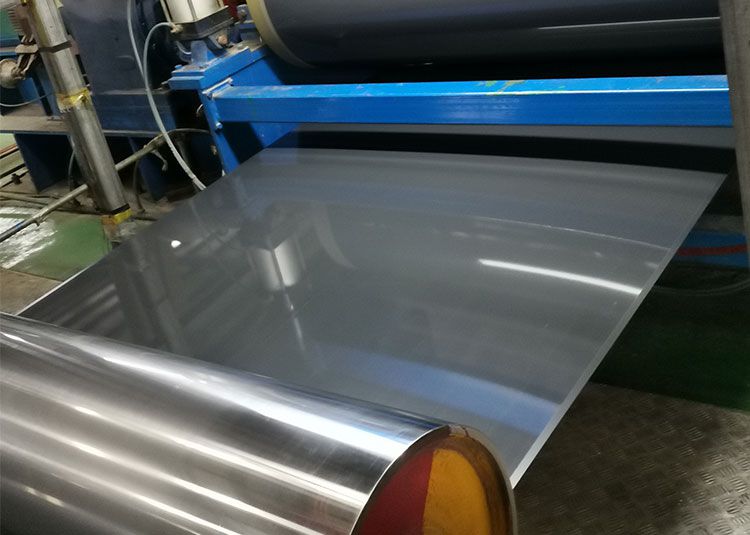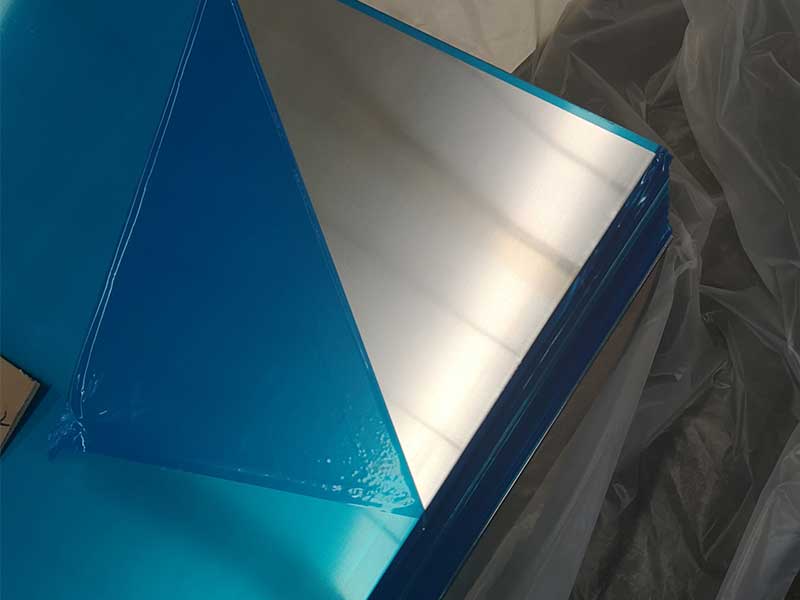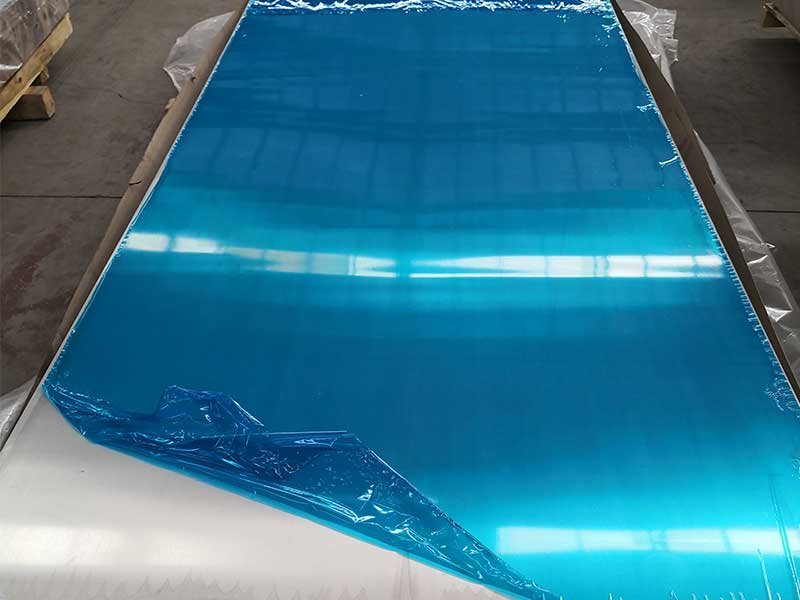The polishing process is that the metal moves from the convex to the concave to form an amorphous layer, or a very fine metal crystal layer; some researchers have also confirmed with an electron microscope that the outer layer of the polished surface is pulverized into irregular, very fine. crystalline state, etc. The simple statement of the reaction mechanism of chemical polishing and electrochemical polishing is: selectively dissolve the microscopic uneven surface structure of aluminum parts or aluminum alloy parts to effectively level and polish the surface of aluminum parts, thereby improving its surface finish.

For aluminum parts and their alloys, although mechanical polishing can obtain flatness, it cannot obtain brightness similar to chemical or electrochemical polishing. Aluminum oxidation processing The chemical oxidation oxide film is thin, with a thickness of about 0.5 to 4 microns, and is porous, soft, and has good adsorption properties. It can be used as the bottom layer of organic coatings, but its wear resistance and corrosion resistance are not as good as anodes. Oxide film.
Although polished oxidation processing and pure aluminum polished oxidation look similar, they are essentially different because the latter is much higher than the former in terms of brightness. In addition, the composition of the raw materials is also different. As for polishing and oxidation, the main purpose of polishing is to improve the smoothness and feel of the product surface. For this reason, the film layer obtained by anodizing directly after the mechanical polishing treatment has no metallic luster, and it is not even comparable to the part that has not been mechanically polished, just like the enamel and paint layer.
Although mechanical polishing treatment cannot replace chemical polishing and electrochemical polishing, it is still necessary to undergo mechanical polishing before chemical polishing and electrochemical polishing. It cannot be removed during the process.











